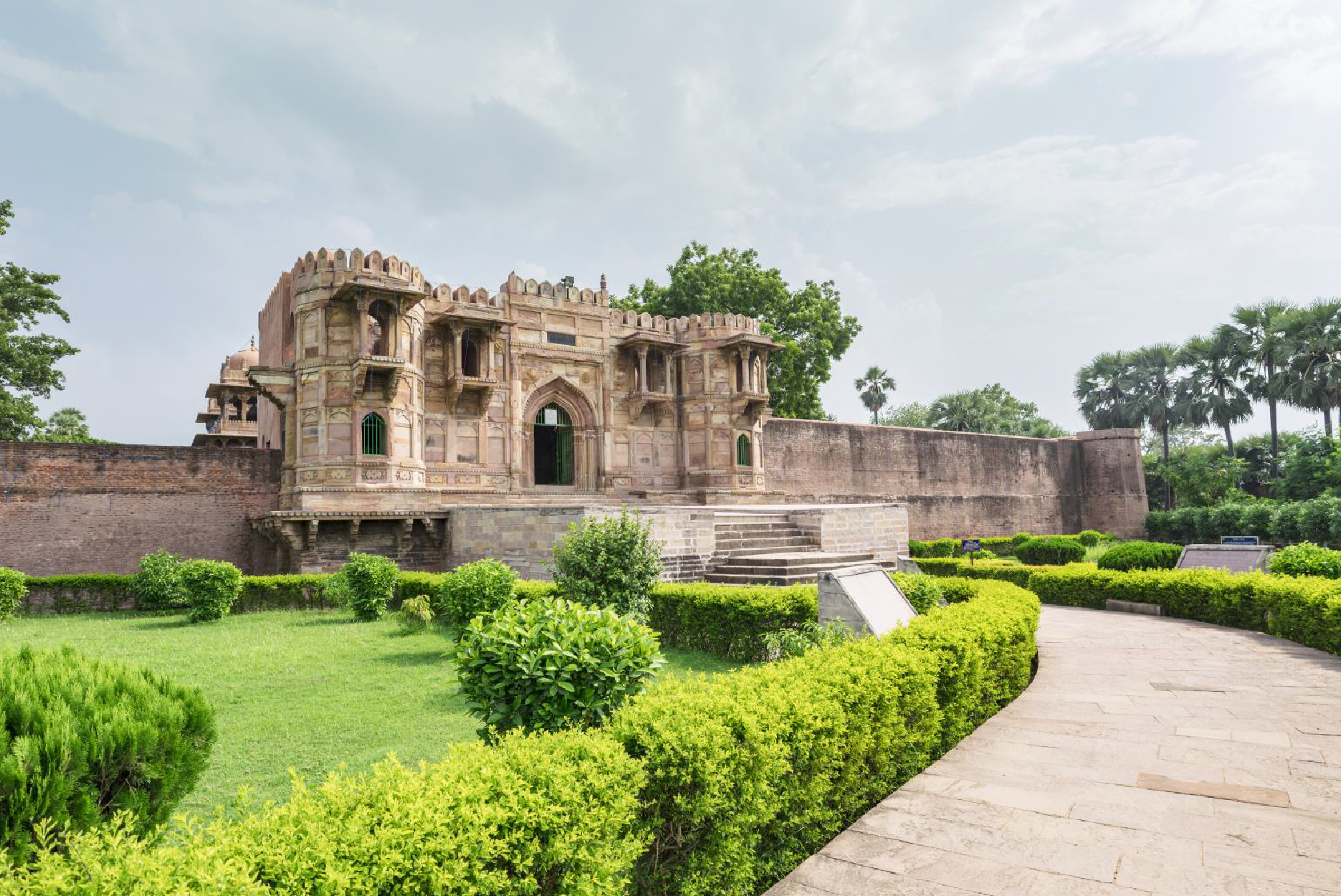
Sorry, we couldn't find anything that matches your search.
Destination

Famous Places to Explore in Hyderabad
A vibrant city with the imposing...

Raipur Tourist Places | Best Place to Visit
The stronghold of several erstwhile...

Ahmedabad
Declared as India's first UNESCO World...
#
Gandhi Ghat
While there are several ghats (stepped banks of a river) on River Ganges in Patna, the Gandhi Ghat is the most popular. It is named after the great leader of the freedom struggle of India, Mahatma Gandhi, whose ashes are believed to have been immersed in Ganga from this ghat. Every weekend, the ghat comes alive as the evening arti (a ritual performed with lamps) of the river is conducted here. Priests dressed in saffron robes, perform the arti, along with prayers and songs. The start of the arti is marked by the blowing of a conch shell.
Visitors can also enjoy boat rides at the ghat. The Bihar State Tourism Development Corporation (BSTDC) runs a river cruise ship, the MV Ganga Vihar, from here. Watching the ritual of the arti unfold from the ship or any hired boat is a memorable experience.

Takht Sri Harmandir Sahib
This gurudwara, also known as Patna Sahib, marks the birth site of Guru Gobind Singh, the last of the highly venerated 10 Sikh gurus. Situated in the bustling Harmandir Gali in Patna's old quarters in the Chowk area, this sacred shrine is now known as one of the five takhts (Sikh seats of authority) of Sikhism. It was built by Maharaja Ranjit Singh, the well-known ruler of Punjab.
The gurudwara houses several personal belongings of Guru Gobind Singh, which include four iron arrows, weapons, a pair of sandals, and a pangura (cradle) with four stands covered with golden plates, which was the Guru's cradle during his childhood. The "Hukamnamas" of Guru Gobind Singh and Guru Tegh Bahadur are written in a book, which is kept here. The gurudwara sees significant footfalls during the festivities of Guru Nanak Jayanti.

Pathar Ki Masjid
Parwez Shah, the son of Mughal emperor Jahangir (Jehangir), built Pathar Ki Masjid on the banks of River Ganga when he was the governor of Bihar. Literally translating into stone mosque, it is widely considered to be one of the few remaining sites displaying Mughal architecture in the city. Also believed to be the oldest mosque in Patna, it displays a medieval-type of architecture and is built on a raised platform with a stunning central dome.
There are four small minarets at the corners and two long minarets at the entrance of the mosque. Verses from the Holy Quran grace the inner walls. Despite its small size, it is very popular with devotees and lights up on festivals like Eid, when thousands throng the mosque. Not just Muslims, people from all faiths come to the mosque to offer prayers and find spiritual sustenance. Besides, several other religious functions are held here. In the olden days, it used to be the venue for several social gatherings.

Sher Shah Suri Masjid
Considered a landmark in Patna, it is the biggest mosque of the city. It is well known by the locals as Shershahi. The aim of building it over such a generous space was to ensure that large numbers could gather at this mosque and pray together. Architecture-wise, the mosque is sure to leave one impressed. There is an octagonal stone slab on top of the tomb inside the masjid complex.
A big dome lies at the centre of the roof and there are four smaller domes constructed around it, ensuring a unique aesthetic appeal. But there is much more to this grand mosque when it comes to the architecture. The designing of the domes, done so many years ago, has to be commended for its precision. From every angle that you view the domes when you are inside the mosque, you can only see three domes at a time. And, even when you view them standing outside the mosque, you can only view three of the five domes on top of the mosque.








